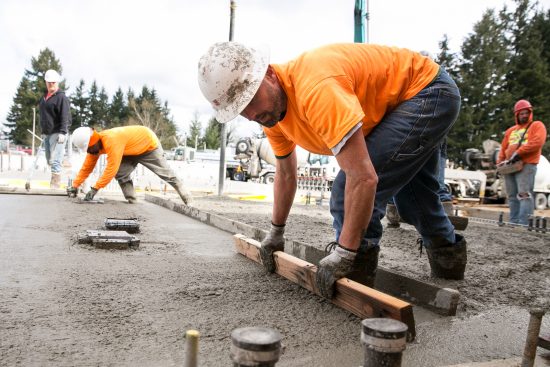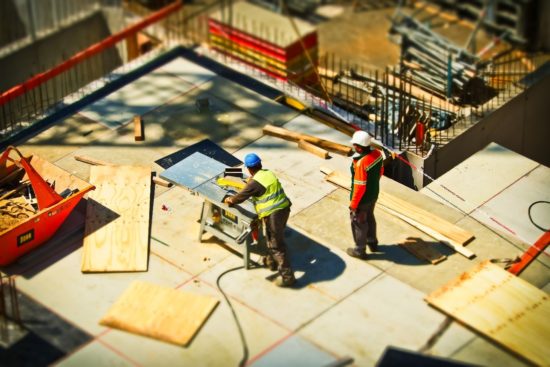Dear friends and neighbors,
Because of the COVID pandemic, this is the first time in state history that we have held a remote session.
We are approaching the finish line—if this were a football game, it’s the start of the fourth quarter—and despite the difficulties, it has been quite productive.
Here in the House, lawmakers introduced 555 bills and passed 216 to the Senate.
We are now hearing the 200 bills that the Senate passed.
This week, all three state budgets—operating, transportation, and capital—will move forward.
The operating budget will help us recover from the economic damage done by the pandemic, while the transportation and capital budgets will rebuild the infrastructure needed for long-term prosperity.
An operating budget that puts people first
During the Great Recession, our state had to make massive cuts to services. It took years to recover, with so many families and small businesses suffering, while the wealthy made more money than ever.
Economists don’t believe this strategy—austerity budgeting—works anymore, and certainly doesn’t help working families.
In response to the pandemic, we are proposing a Washington Recovery Budget to skip the years of austerity and misery and instead move quickly to get our economy back on track. This goes back to our state’s frontier history, with neighbors helping neighbors. Nobody should be left behind.
Here are some highlights of what’s in the operating budget:
COVID response and health care
- $1.185 billion for COVID vaccines, contact tracing and testing.
- $100 million for local public health districts and regions.
- $94 million for primary care provider rate increases.
- $35 million for uninsured and underinsured care through federally qualified health centers, rural health centers, and free clinics.
- $11 million for school nurses so that children have access to immediate care when they’re at school.
K-12 Education and Higher Education
- $53 million for additional special education funding.
- $52.5 million for additional counselors in high-poverty schools.
- $8.9 million to cover school lunch copays so students aren’t turned away or shamed for not having money for their meal.
- Continuing our historic investments with the Workforce Education Investment Act, fully funding the Washington College Grant and maintaining support for higher education institutions.
- $15.9 million for Guided Pathways, which helps community college students finish their programs.
- $14 million in higher education emergency assistance grants that help college students maintain stability so they can finish their programs.
Broadband internet access
- $24 million for student connectivity.
- $7.5 million for statewide digital navigators.
- $1.3 million for grants to support broadband and digital equity planning.
- $1.5 million to fully fund the State Broadband Office and a digital equity forum.
- Note: this is in addition to the $155 million in broadband investments in the House capital budget.
Economic recovery
- $1.07 billion for rental assistance to continue the goal of paying the back rent accrued during the Governor’s eviction moratorium. This is in addition to the $325 million allocated in the Step One for Community and Economic Recovery bill (HB 1368) passed by the Legislature in February.
- $600 million for unemployment insurance tax rate cuts to lessen that burden on businesses and $250 million in small business grants to help get cash out to those businesses who kept their doors closed to protect others.
- $166.6 million in mortgage assistance through the ARPA Homeowner Assistance Fund to help prevent foreclosures and delinquencies.
- $140.8 million in food assistance programs so that families will not go hungry and to maintain our food security network.
- $121.6 million in state housing/homelessness assistance.
- $37.63 million to increase TANF grants and $26 million to extend TANF benefits.
- A $26.5 million increase to the Housing and Essential Needs Program. We know there are about 1700 people who are homeless, with disabilities, who are eligible for this program but there haven’t been enough funds to serve them, so this funding will get those 1700 people into the program.
- $26.2 million increase for the Emergency Cash Assistance program for families who need one-time funds to maintain safe housing and utilities or have an unexpected emergency.
- $13 million for state foreclosure assistance.
A transportation budget that keeps Washington moving
In 2020, transportation funding took a huge hit due to the COVID pandemic, the pending decision on I-976, and the need to construct new fishing passages, adding a great deal of strain on our transportation budget. As a result, Gov. Jay Inslee put many construction projects on hold.
Reduced travel as a result of COVID-19 restrictions also created a sizable reduction in funds from gas taxation.
Thankfully, things have turned around. Our state is receiving almost $800 million in federal funding for transportation, and the state Supreme Court’s rejection of I-976 restored more funding.
The 2021-23 budget proposed by House Democrats takes projects off pause and continues the work of building a transportation system for the future, one that’s cleaner, more flexible, and offers more options that fit how you want to travel.
Our budget invests in green transportation, mass transit, fish passages, and critical projects such as the I-5 bridge between Washington and Oregon.
A more in-depth look at the transportation budget proposal can be found here.
A capital budget that builds a better Washington
The 2021-23 capital budget proposed by House Democrats would break the record for total investments and put tens of thousands of people to work rebuilding the economy.
Federal funding helps, as the proposed budget (House Bill 1080) includes $400 million in federal funding for investments in water, sewer, and broadband service along with $189 million for critical capital budget projects enabling work, education, health monitoring, and other items related to responding to the pandemic.
A total of $48.5 million would go toward grants and loans for early learning facilities.
Public schools would receive $969.9 million, while community colleges get $299.8 million and public universities are set for $678.9 million in construction funding. The largest project is the construction of the Behavioral Health Teaching Facility at the University of Washington ($191.3 million).
This proposal also sets new records for investments in housing ($240 million), early learning ($48 million), and broadband internet access ($155 million). By comparison, the 2015-17 budget included $75 million for housing, $15.5 million for early learning facilities, and $10 million for broadband.
Full details about the budget are available here. You can also find district project lists and maps.
What’s next
Here in the House, all three budgets will get votes in committee, then on the floor. The Senate is going through the same process with their proposals for the three budgets.
During the last three weeks of session, we’ll negotiate final budgets with the Senate and any differences between the two chambers on amendments to bills that have passed both chambers.
The last day of the 105-day session is scheduled for April 26.
If you have questions about specific legislation, or want to share an idea or comment, please do not hesitate to get in touch.




